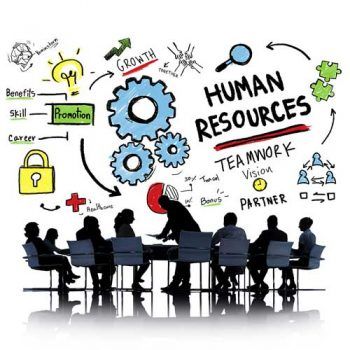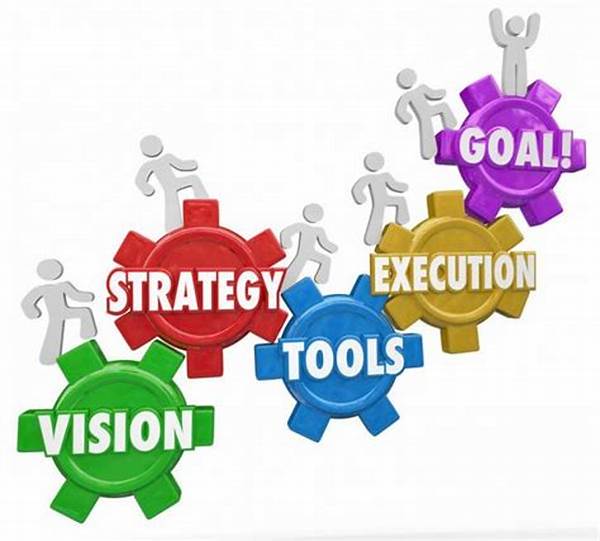
Five Human Resource Management Must-Dos to boost Productivity and Profits in Global Organizations – Business Management
Trawling through the web today, I chanced upon this gem of a story:
Buddha, one day, was in deep thought about the worldly activities and the ways of instilling goodness in human beings. One of his disciples approached him and said humbly – Oh my teacher! While you are so concerned about the world and others, why don’t you look into the welfare and needs of your own disciples too?
Buddha: OK.. Tell me how can I help you?
Disciple: Master! My attire is worn out. Can I get a new one, please?
Buddha found the robe indeed was in a bad condition and needed replacement. He asked the store keeper to give the disciple a new robe to wear on. The disciple thanked Buddha and retired to his room. A while later, Buddha went to his disciple’s place and asked him – Is your new attire comfortable? Do you need anything more?
Disciple: Thank you my Master. The attire is indeed very comfortable. I need nothing more.
Buddha: Having got the new one, what did you do with your old attire?
Disciple: I am using it as my bed spread.
Buddha: Then.. hope you have disposed off your old bed spread?
Disciple: No.. no.. master. I am using my old bed spread as my window curtain?
Buddha: What about your old curtain?
Disciple: That is being used to hold hot utensils in the kitchen.
Buddha : Oh.. I see.. Can you tell me what they did with the old cloth they were using in the kitchen?
Disciple: It is being used to wash the floor.
Buddha: Then, the old rag being used to wash the floor…?
Disciple: Master, since the rag was all torn, we could not find any better use, but to use as a wick in the oil lamp, which is right now lighting your study room….
Buddha smiled in contentment and left for his room.
This story struck home – all the more because I am working on an assignment to improve the resource utilization of the unit in various centers across the globe. And isn’t that what resource utilization is all about – connecting the dots in terms of skills, availability, requirements and time frames ?
Given the pressures of the talent shortage prevalent in the market today, resource management has become a business critical function to explore every option and implement strategy to leverage the talent within our organizations to boost productivity and profits. So how do we utilize our best assets optimally in our organizations?
Here are five short-term and long-term approaches that I have seen work and believe are must-dos to build the talent advantage:
Must-Do #1 – Demand forecasting – There needs to be a robust budgeting and forecasting process established to accurately predict resource requirements in line with the business needs. The success of resource management lies in the ability to manage spikes and dips in resource requirements so that there is no impact to revenue or profits due to lack or excess of skilled staff. This can only be done if we have a process in place to arrive at fair estimate of our pipeline into the future (not just for the current quarter but also for the next three quarters) and tie the sales forecasts with the resource planning on a regular basis through smart use of business metrics.
Must-Do #2 – Supply planning – Once you have the demand forecast in place, the supply chain needs to vetted to ensure that we have the right hiring engines to meet short-term as well as long-term needs. For example, hiring of permanent employees and the hiring of contract employees will need different strategies and engines. The supply chain needs to be aware of the demand forecast and the current priorities on a regular basis to effectively plan the sourcing channels as well as capacity building in terms of recruiters, infrastructure and training needs. These two must-dos will go a long way in arriving at a solution to this challenging question: ‘What skills are needed to deliver on strategic objectives and how to ensure that the right people in the right places at the right time are available?’
Must-Do #3 – Competency development – Look into any HR trends or surveys in the past year and you will find the recurring theme of skills shortage as the top threat to growth and profitability. Lack of available talent means the delay or disbanding of strategic initiatives critical to pursuing new market opportunities or innovative offers. It is extremely difficult to find the “perfect” fits in terms of resources for your important requirements. A fool-proof plan is needed instead to hire or internally source “best” fits and then put them through a skill building plan based on your demand forecast and supply gaps. Any new offer or initiative should only be pursued after vetting the demand-supply gaps and having a competency building plan in place.
Must-Do #4 – Lateral career development – This one is about investing in “your own” workforce – companies need to refocus efforts and investments on first identifying their key talent and then providing them a platform to increase their ability in different areas and stay relevant in this rapidly changing (technology and business models) world. The complexities of a global business environment and the pressing need of trying to do more with less provides the business case of allowing and empowering employees to move laterally across different functions, locations and positions. Through this, companies can create a core team of multi-cultural, multi-functional generalists who could then become the pivot around which new teams can be built with greater agility. Deloitte terms this model as the “Corporate Lattice” which reframes workplace suppositions, providing a framework to organize and advance a company’s existing incremental efforts into a comprehensive, strategic response—and mindset shift—to the changing world of work.
Must-Do #5 – Skill Repository and collaboration tools – This one is about making resource related information available throughout the important functions of the organization – where access is based on the potential value that people bring in and not on the hierarchy prevalent in the organization. One of the things that I have found very useful in improving resource utilization is in building a company wide skill repository (a bank, so to say of the human assets) where anyone who has a resource requirement can tap into to see who is available where and when. This greatly improves resource deployment ability moving it from “pockets” to a more global arena. Add to that collaboration tools with some analytic tools thrown in, and soon you offer a space where managers and employees can “manage” themselves leading to tremendous productivity benefits (20% to 25% as per this piece of research from McKinsey)
Whatever the size of your organization, talent management is an area that needs huge attention, thought and planning. One size does not fit all as they say and it is important to create your strategy and build your implementation plan that best suits your nature of business. However, if you focus on aligning your sales plan to your resource plan, build in a process to forecast the future and plan for it, develop the right talent, make resource management a collaborative function instead of a silo and measure using the right metrics and analytics – you will be well on your way to creating the talent advantage for your organization.
Image courtesy : http://www.flickr.com/photos/elpatojo/312519196/


